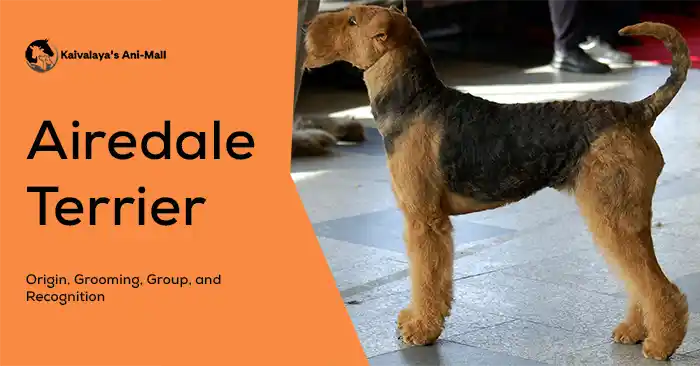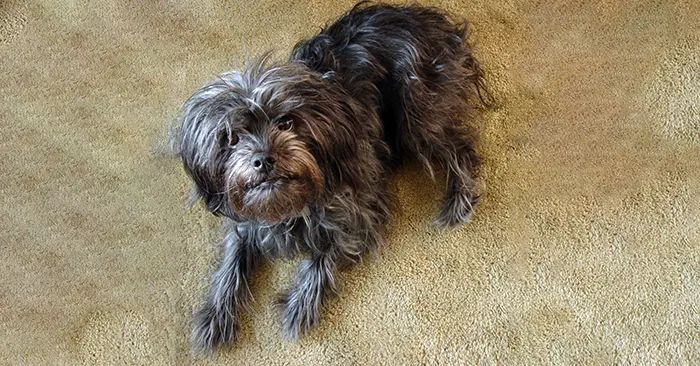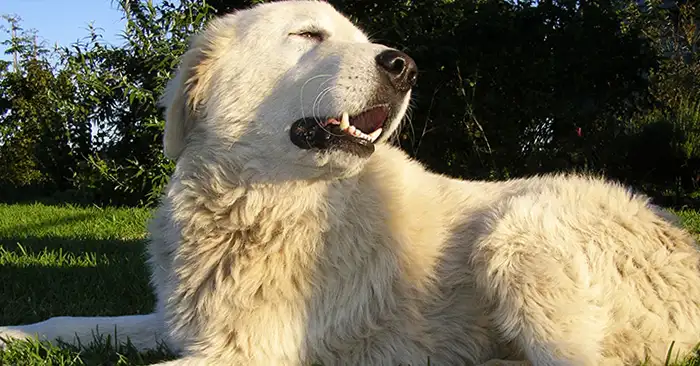Schipperke is a small beautiful black dog from Belgium. This is not a dog for everyone. Although it looks very sweet with its tremendous black fur but, it is a headstrong and independent dog by nature. It is not a cup of tea for a novice or inexperienced person. They are often called as “ little black devil“. You need to be smart and very active to keep this small mischievous little fella happy and yourself happy.
If you are an average active person then it will be better not to opt for this breed. If you opt for it after knowing everything about it then you need to keep in mind how to keep them content to not use their brains their own way to do some destruction. So, let’s know more about this little fella.
Schipperke Origin
The presence of schipperke can be found from 16th century in Belgium but, properly established in late 17th century and became prominent in Flanders, Belgium. Schipperke was descended from a 40 pounds Sheepdog breed called Leauvenaar from Louvain and their size made smaller and smaller to have our small sized schipperke by breeding. A great contribution of Mr. Reusens is believed for this breed who was a very influential breeder and is called the father of the Schipperke breed.
Before 1888 schipperke was used to be known as Spitske. The meaning of Schipperke in Flemish is ” little captain”. At that time they were used as ratters and watchdogs and were favourite of workmen and also used to be taken in boats in canals. The breed was first recognised by Royal Belgian Cynological Club St. Hubert in 1882. In 1885, love for this breed by Queen Marie-Henriette of Austria led to increased popularity of schipperke in Austria and it spread over royalty around Europe. In 1888, Belgian Schipperke Club was founded. It was recognised by American Kennel Club in 1904.
Schipperke Temperament
Schipperke is an energetic, intelligent and independent dog. But, they are extremely devoted to their owners and are alert and always ready to defend its master and it’s property at anytime. You will have a great watch dog to know whoever entering into your property. But, that doesn’t make it wary about strangers. They are quite friendly with strangers once dog gets to know the person a bit. They are intensely loyal and love to do their duty. It is an extremely fearless dog in a small size and never backs down when they want to stand on their ground.
The size of opponent does not matter to it. Due to high alert nature they are quite noisy breed. They are curious and love to know what is happening around them every time. As they are highly intelligent, you can very easily train them to follow your commands with very less repetitions. Still due to their headstrong independent nature you will have to be enough smarter and establish yourself in position to make them obey your commands. They are also very good in agility and highly active due to their working background.
They need good amount of physical and mental activities to keep them content and from becoming destructive. You need a safe and fenced yard to enjoy your schipperke to play independently. They need several walks and playtime with running daily. So, get ready to be quite active if you are bringing in a schipperke with you. Being bred to chase vermins, they should be socialised well with smaller pets to be with. They are not good option with small pets. Due to their dominance issues they should be well socialized if to be lived with same sex dogs and other animals. They are good with older children who knows the dog’s boundaries and respect it. They are master followers and will be found everywhere their master is. It is best to keep your schipperke with you inside. They are not to live in kennels.
Also Check: Belgian Laekenois Dog : Size, Health, Training
Schipperke Physical Appearance
It looks like fox and small in size. Body is square proportioned. Their head looks like a fox face. Skull is flat and slightly wide and tapering towards muzzle. They have erect and triangular shaped ears. In an all they appear Spitz like physically but, are not from Spitz family. Coat is of varied length according to its location in body and is double coated. Colour of coat is solid black. The tail is generally docked.
Size and Classification
Height
- Male – 11 to 13 inches
- Female – 10 to 12 inches
Weight – 6.6 to 19 pounds
FCI classification
- Section – Section 1, Sheepdog
- Group no 1
- Date of acceptance – 10/27/1954
- Country of origin – Belgium
- Standard no 83
Schipperke Grooming
Schipperke coat does not need excessive maintenance. They are moderate shedders because of double coat and you need to brush their coat once in a week with firm bristles brush. During some months round year they shed heavily and at that times it is better to take your pooch to grooming parlours. You can do it at home by brushing very well everyday. They do not require any hair trimming. You should give bath when it is necessary. Frequent bath is not recommended for your schipperke.
- Ears should be checked once in a week and if it is alright then you need to clean outer ears once in a month to keep them healthy.
- Teeth should be brushed with soft bristles toothbrush once in a week for good oral health.
- Nails should be checked and should be trimmed once in a month.
Schipperke Nutrition
Your schipperke needs a premium quality dog food which is specifically for active and small breeds. Best dog food will have meat as first ingredients and should not include grains. The home made food should be of high protein and high calorie. Meat should be largest part of diet with 10% of food can include fruits, eggs, vegetables and cottage cheese.
Always keep clean water for your schipperke to quench it’s thirst whenever they want.
Schipperke Training
Your schipperke is independent and intelligent so, will take highest place due to dominance if you don’t show your place and your schipperke’s place in the family pack. Saying that does not mean that you will have to be always domineering to your schipperke. Communicate with your schipperke clearly and gently from day 1 make your schipperke understand everyone’s place in the pack.
This will make your training sessions and experience of you and your schipperke in your family satisfactory. The training should be short as schipperkes get bored very easily. You should train your pup with positive reinforcement with treats and praise. Early training and obedience puppy classes are best to get a well trained schipperke. Early socialisation is must due to their vermin catching background and protective nature. They should know their boundaries from very early to make them well adjusted with small pets, dogs, strangers and small children. Leash training is also must from early to keep your schipperke safe outside with least nuisance.
Schipperke Health Challenges
It has some health issues and most common ailment which can effect around 15% of the population is Mucopolysaccharidosis and is a lethal condition. Most of the ailments are genetic.
The other health problems in schipperkes are
- Perthes Disease
- Epilepsy
- Hypothyroidism
- Hip dysplasia
- Progressive Retinal Atrophy and
- Cataract
Schipperke’s litter size is around 3 to 7 puppies. Schipperkes live quite long of around 12 to 14 years and some reach to 18 years also.
You May Also like: Croatian Sheepdog : Temperament, training, grooming, health






